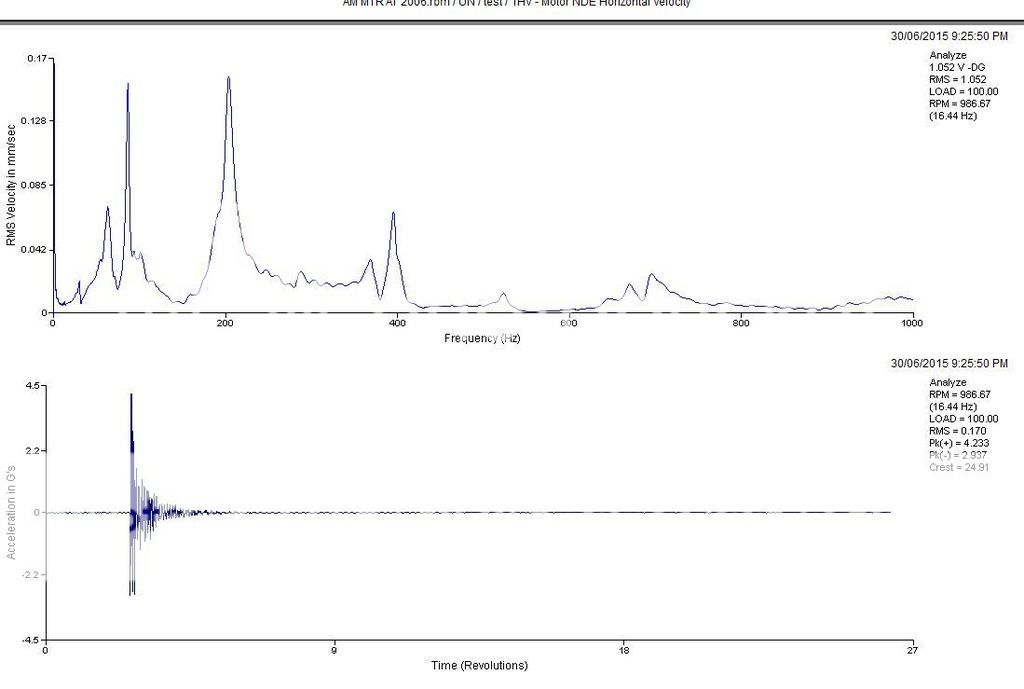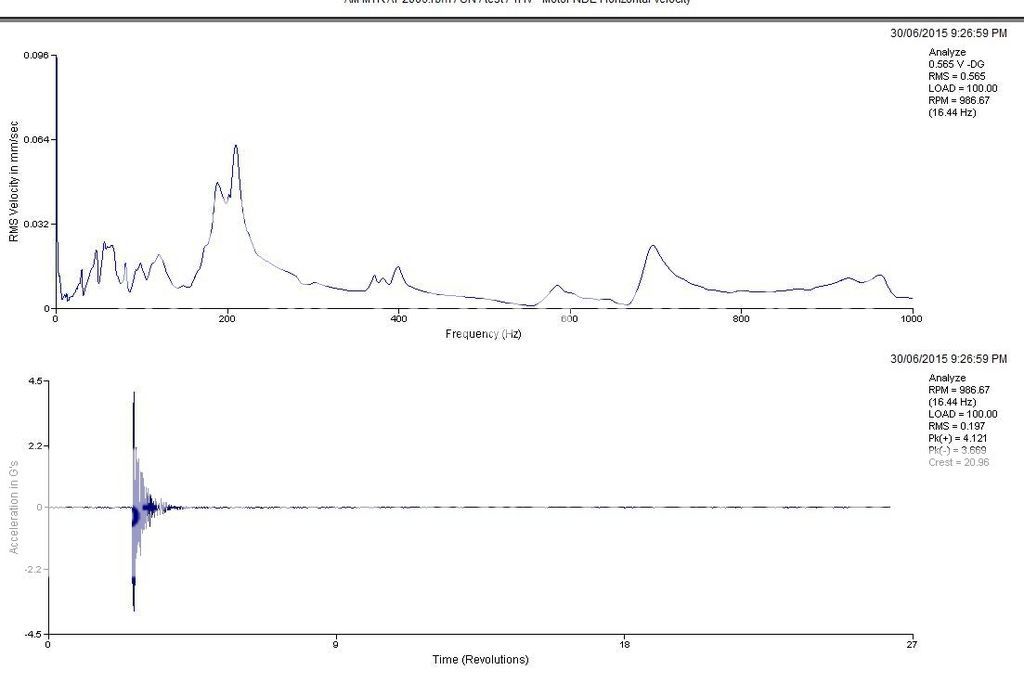QUOTE To return to the OP, I’d still like to know what is going on. If it isn’t microphony (at least in the terms investigated here, and I did suggest some enquiries which haven’t taken place and no doubt there are others) then what is it? Psychoacoustic suggestibility is, of course, one possibility, but you won’t prove it by a process of elimination. Nor will you eliminate it by making people doubt the evidence of their ears.
The best I can offer is the possibility of Resonance, there is some evidence of this in the nature of the material and structure of the stand in Steven’s photograph, and the fact that he hears an improvement or change when damping is added (an assumption on my part). The load of 40kg is probably quite high for the structure (stand) and the subsequent deflections and strain energies make it a possibility. I get a sense of similar thoughts from Tony L’s comments. In Be718’s very useful work, his own stand is very rigid – both the structure and the glass shelves, so not particularly prone to resonances which would impact on solid state, or even valve kit. The impulses from the 300hz load from is amp are extremely low, so the two cases are quite different. Again noting Tony L’s comments valve equipment is a little more sensitive to its environment than solid state, although the fact that Westlakes dac ‘sound’s’ better without the case is a puzzle that requires some sort of explanation. BE could probably do some bump tests on Steven’s stands to confirm the validity of this theory, but I guess that’s not possible. or even practical
Like you I think it unkind to insinuate that people are not hearing differences, and certainly to imply madness is out of order (although to be fair I did not see this in a quick scan of the posts). Our brains try to make sense of our world, and use past experience and acquired knowledge to do so – and we all get it wrong or different, occasionally, perhaps without exception.
Have a look over the past few pages I have made a response regarding resonances. I would love to test Stevens stand but I am about 10000 miles away !
There's no doubt his stand will have different natural frequencies to mine however, a less rigid stand will probably have lower natural frequencies. We have seen that lower frequency vibration will result in greater displacement.............interesting isn't it,
I do have an mdac I might play with it. If it's used with headphones and there's a difference without the case then acoustically induced vibration obviously isn't the answer. More likely internal rf.
Just because my stand is rigid doesn't mean it is not prone to resonances. One doesn't follow the other. I'll bump test it again tonight to demonstrate. A wine glass is pretty rigid, rings like a bell!




